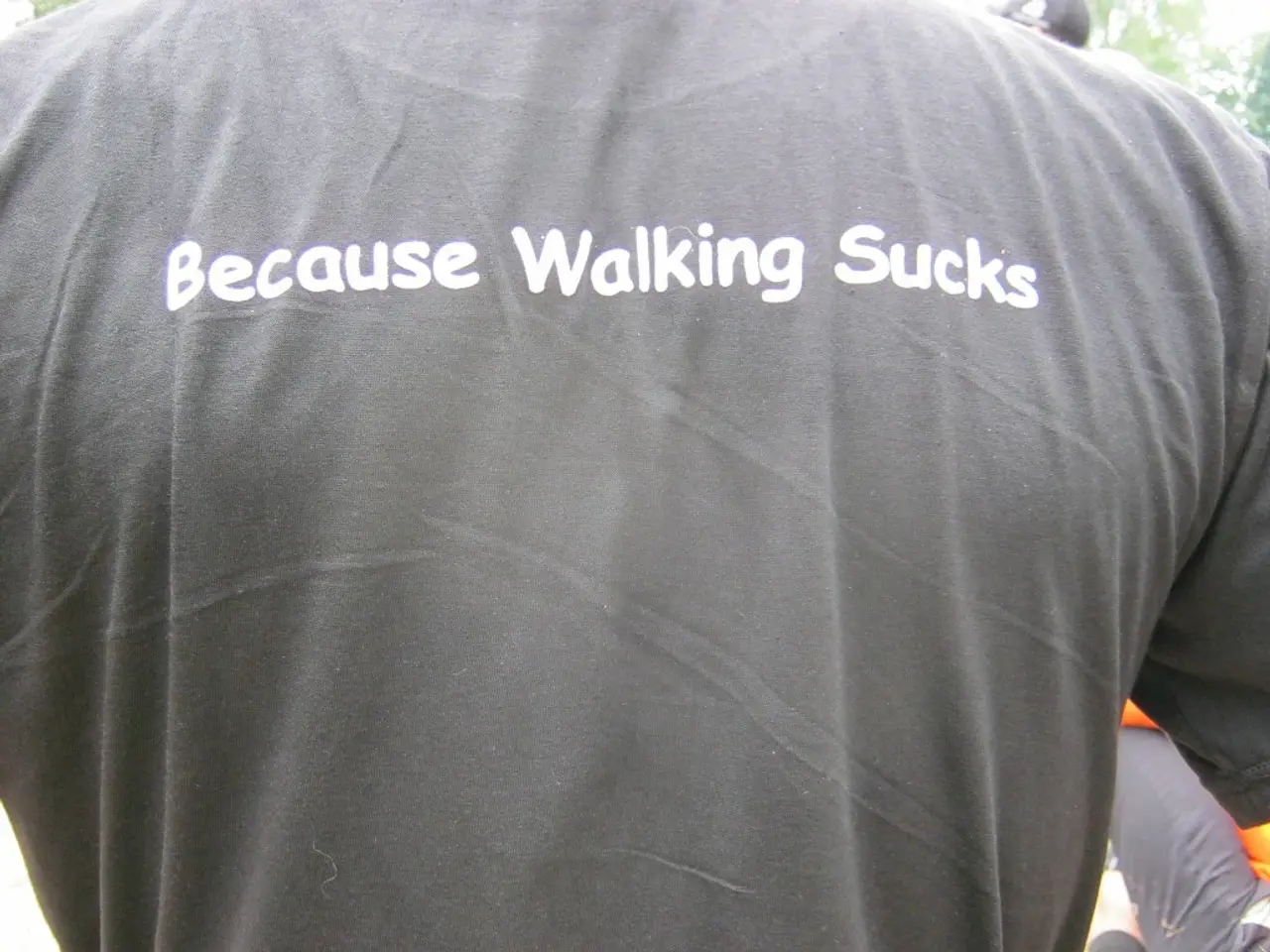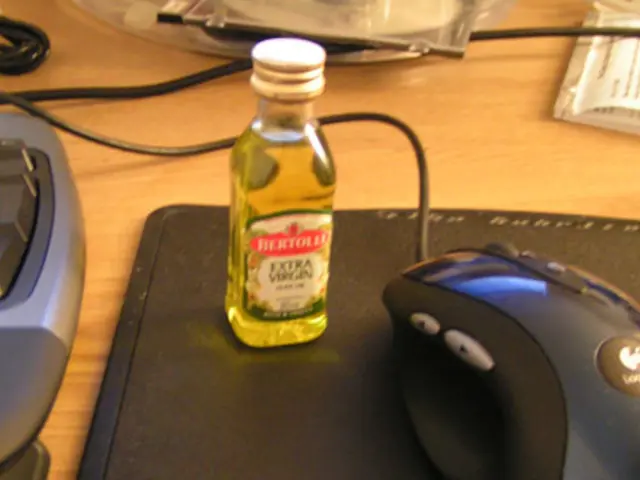Heat Exhaustion During Summer Months
Summer Burnout: Recognizing and Preventing the Summer Slump
Summer is a season of relaxation and enjoyment, but for many, it can also lead to a phenomenon known as summer burnout. This occurs when the expectations of a carefree, productive summer clash with the reality of increased stress, disrupted routines, and physical strain.
Causes of Summer Burnout
The causes of summer burnout are multifaceted. Disrupted routines due to irregular schedules and changes in family or work demands can unsettle normal rhythms, leading to stress and burnout. Work-life imbalance, with increased responsibilities or covering for colleagues on vacation, plus difficulty setting boundaries, often increases stress during the summer. Heat and physical strain from high temperatures cause more fatigue, muscle soreness, and cognitive difficulty, adding to the burnout risk, especially for outdoor activities or demanding jobs.
Signs of Summer Burnout
Summer burnout can manifest in both emotional and physical symptoms. Emotional and mental fatigue, such as feeling drained even before tasks begin, loss of motivation, cynicism about work, and mood changes like increased irritability, mood swings, and detachment are common signs. Physical symptoms can include headaches, insomnia, colds, digestive issues, and signs of heat stress such as dizziness or inability to concentrate. Cognitive impairment, such as reduced concentration, memory lapses, missed deadlines, or an increase in errors despite longer hours, may also occur.
Prevention Strategies
Preventing summer burnout involves maintaining routines, managing workloads, staying hydrated, pacing activities to avoid heat stress, and ensuring adequate recovery. Maintaining consistent schedules for work, self-care, sleep, and activity is crucial, even amidst summer's disruptions. Employers should also support balanced workloads and ensure proper recovery time.
Staying hydrated is another key prevention strategy. Drinking water before, during, and after activities, especially in heat, is essential. Adjusting activity timing and pace can also help. Exercise or hard tasks should be done early morning or late evening to avoid peak heat, and a slow pace should be adopted to compensate for extra heat strain.
Creating cool, calm spaces in your home using fans, blackout curtains, air conditioning, soft lighting, and aromatherapy can help reduce physical strain. Choosing cooler, shaded, or softer environments for exercise can also reduce physical stress and injury risk. Using cooling strategies like cool compresses, ice baths, or cold showers after activity can help reduce core temperature and muscle fatigue.
Taking smart breaks during hot workdays can improve productivity and reduce burnout risk. Dressing appropriately in light, breathable clothing can also help manage heat stress. Reintroducing structure into your days with a consistent wake-up time or bedtime can provide a sense of normalcy.
Mindfulness and Self-Care
Practicing mindfulness and self-care through breathing exercises, meditation, or gentle movement can help combat the emotional and mental fatigue associated with summer burnout. Prioritizing rest and hydration is also crucial.
Seeking support when needed, whether from friends, family, or therapists, is essential. Online therapy is an option for managing summer burnout, regardless of location or schedule. Mindfulness-based interventions have been shown to reduce anxiety, stress, and depression.
Setting boundaries with social plans and recognizing that it's okay to decline, scale back, or cancel when needed can help prevent social exhaustion from nonstop summer events. Eating meals at regular times and creating short morning or evening rituals can also help maintain a sense of routine.
Conclusion
By recognizing early signs and implementing these strategies, individuals and employers can mitigate summer burnout and maintain well-being and productivity during the hotter months. It's important to remember that the pressure to create a "super fun productive" summer can negatively impact mental health. Lessening this pressure by reflecting on your values and what is meaningful to you can help prevent summer burnout.
- Online therapy can be a helpful resource for managing emotional and mental fatigue associated with summer burnout, allowing individuals to seek support regardless of location or schedule.
- Mindfulness-based interventions, such as breathing exercises, meditation, or gentle movement, have been shown to reduce anxiety, stress, and depression, helping combat the emotional and mental fatigue that can accompany summer burnout.
- Maintaining a sense of routine during the summer months, even with irregular schedules, can help prevent the emotional and physical symptoms of summer burnout, such as mood swings, insomnia, or reduced productivity.




